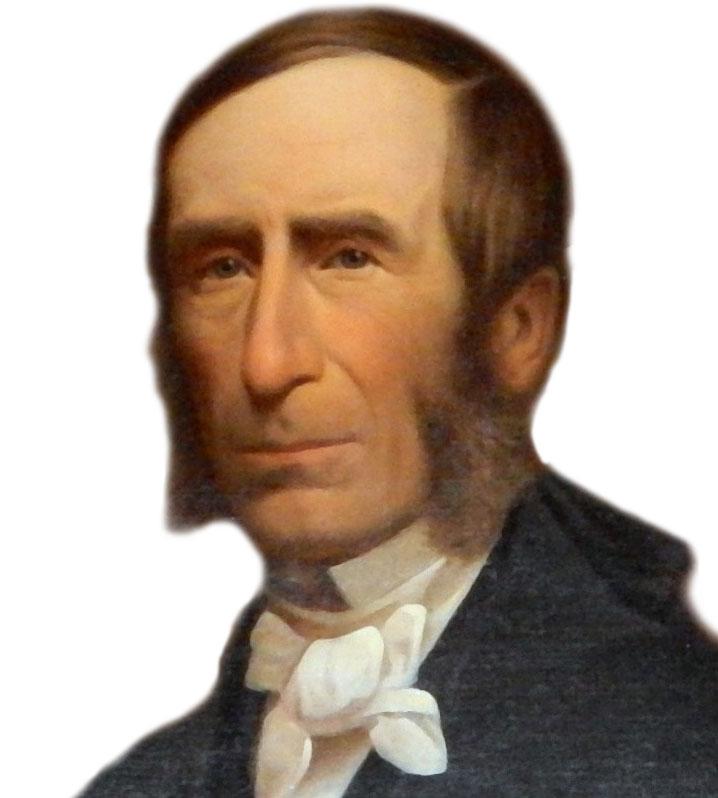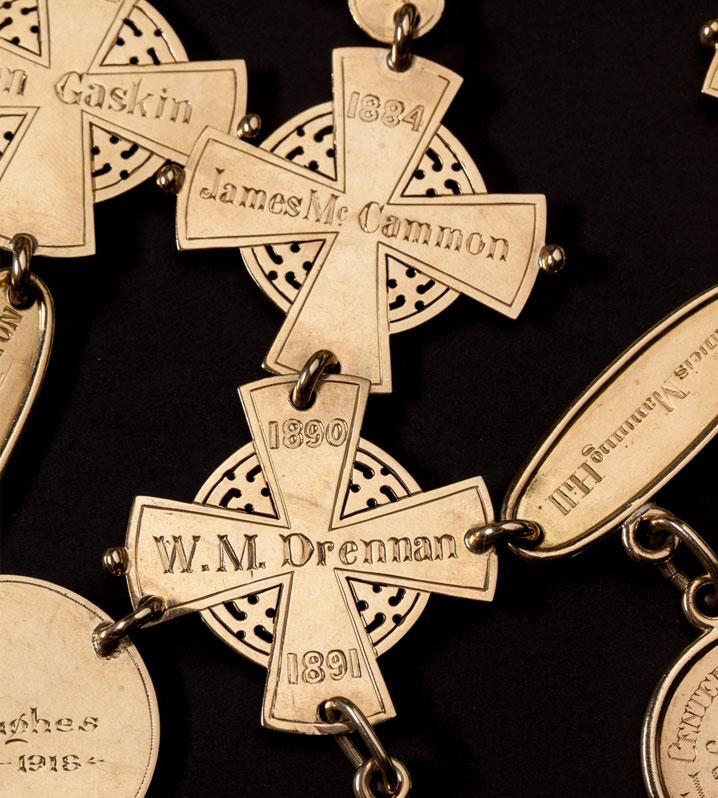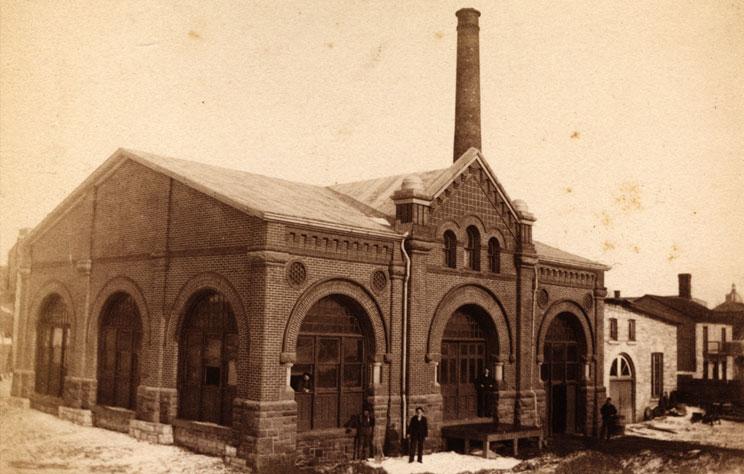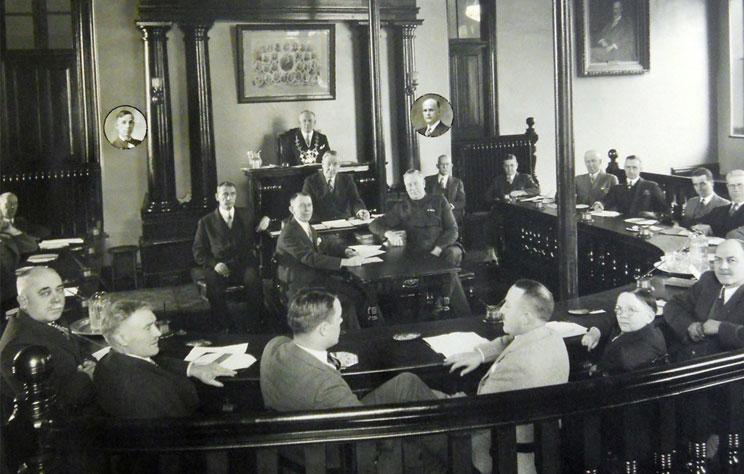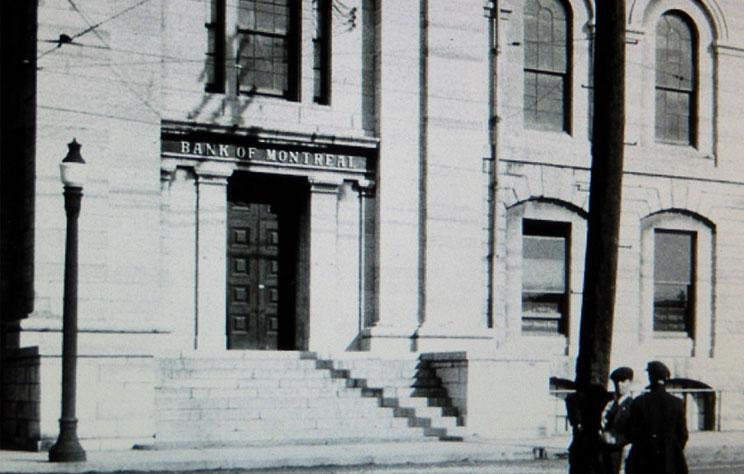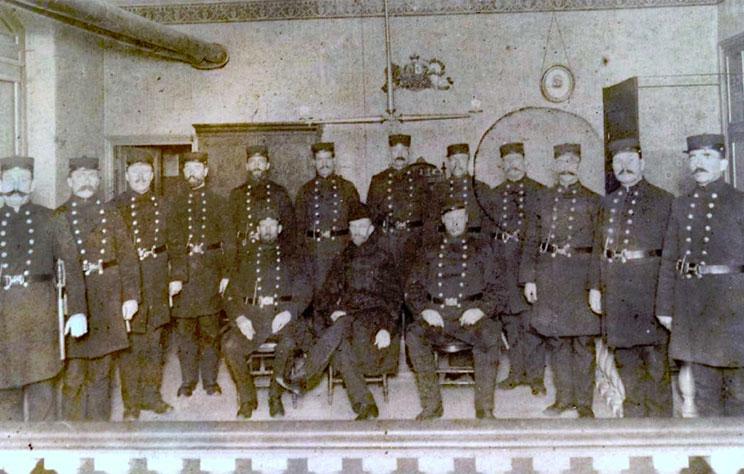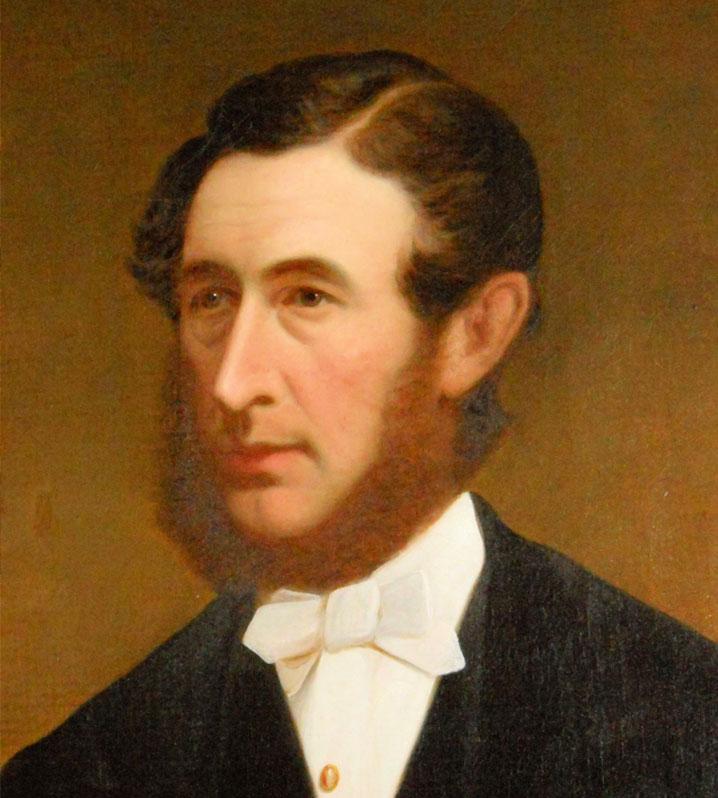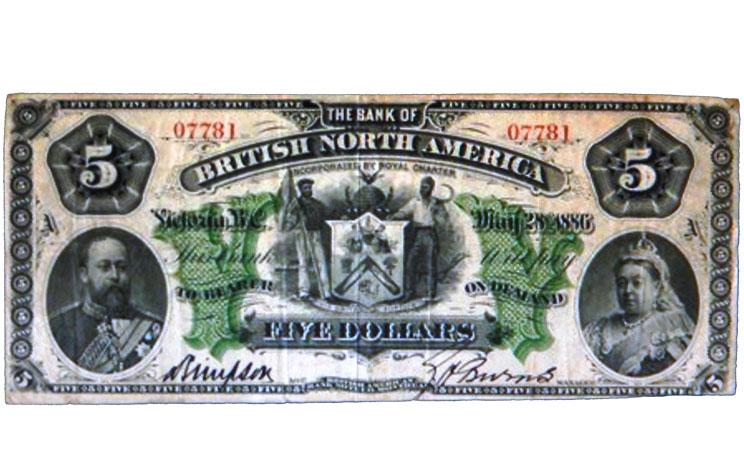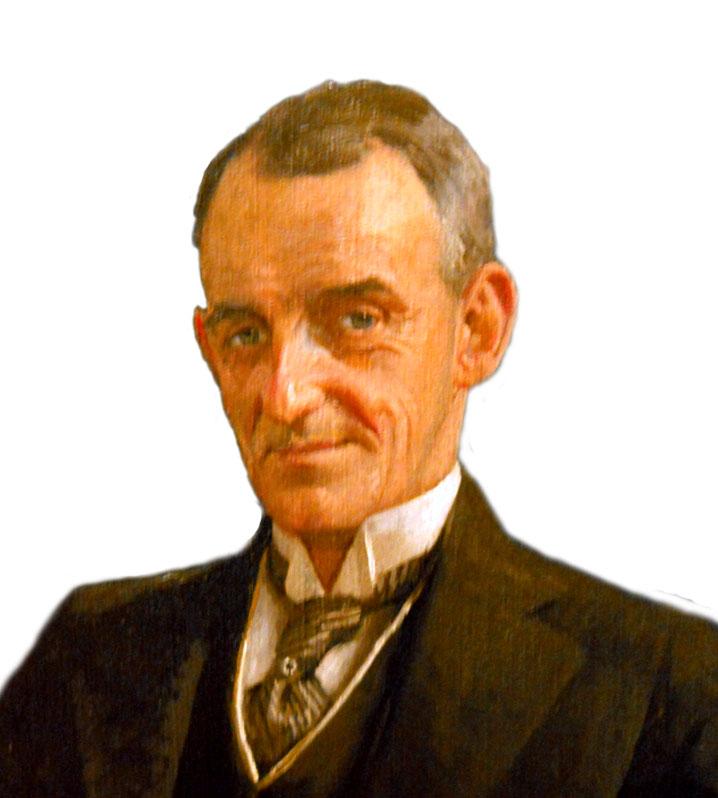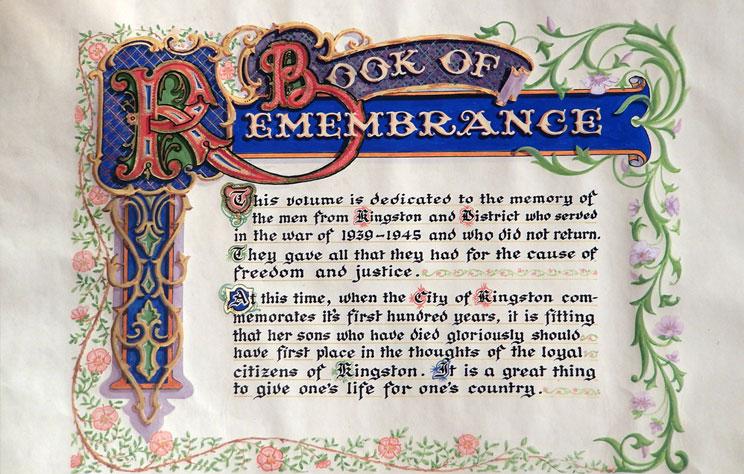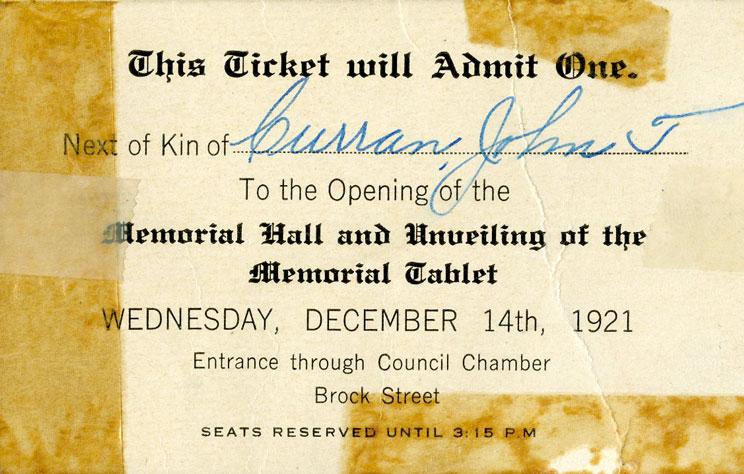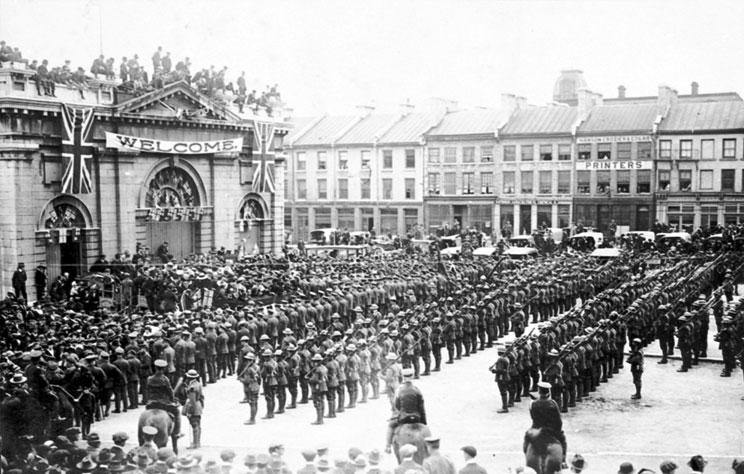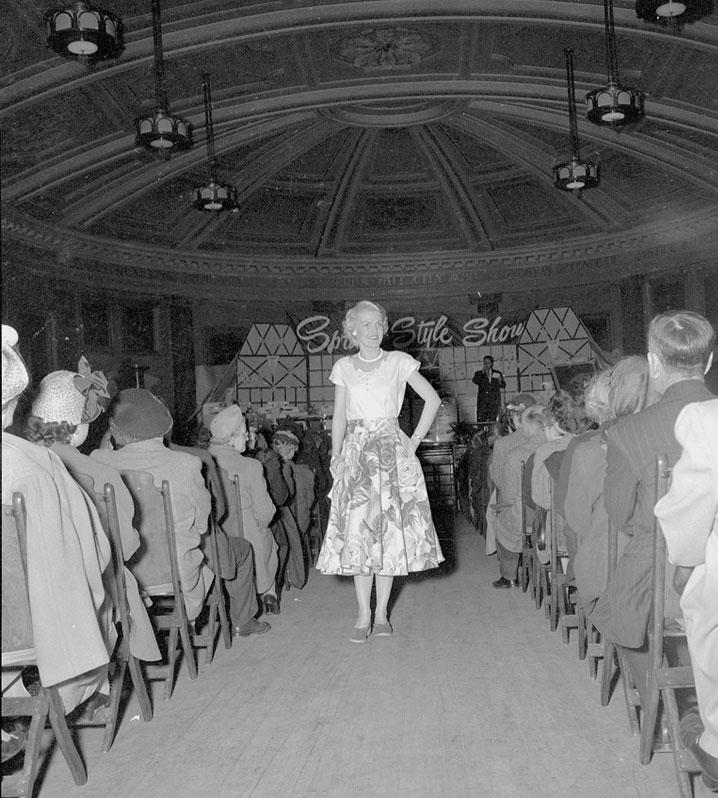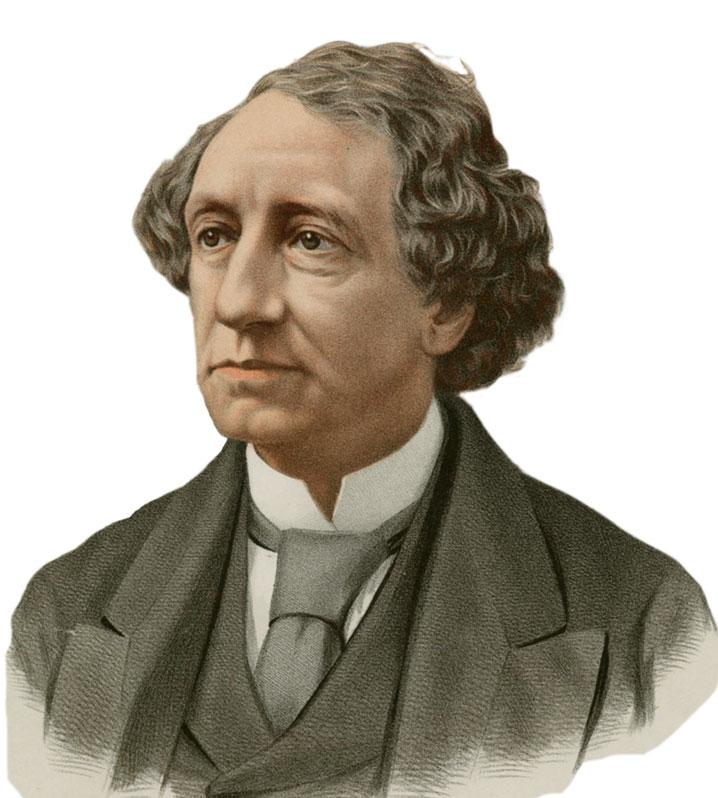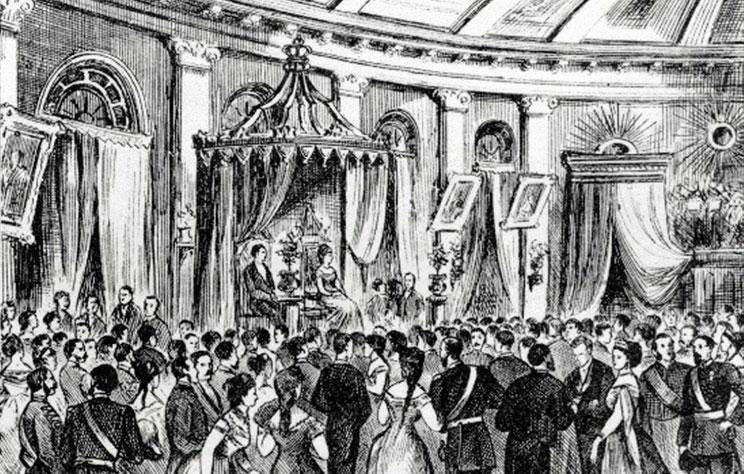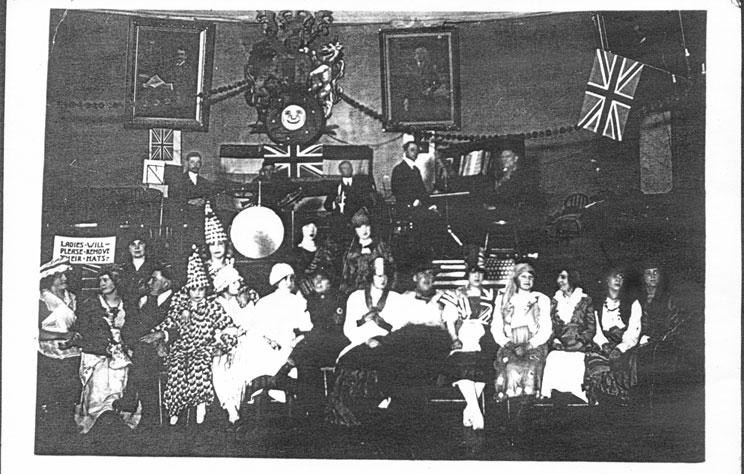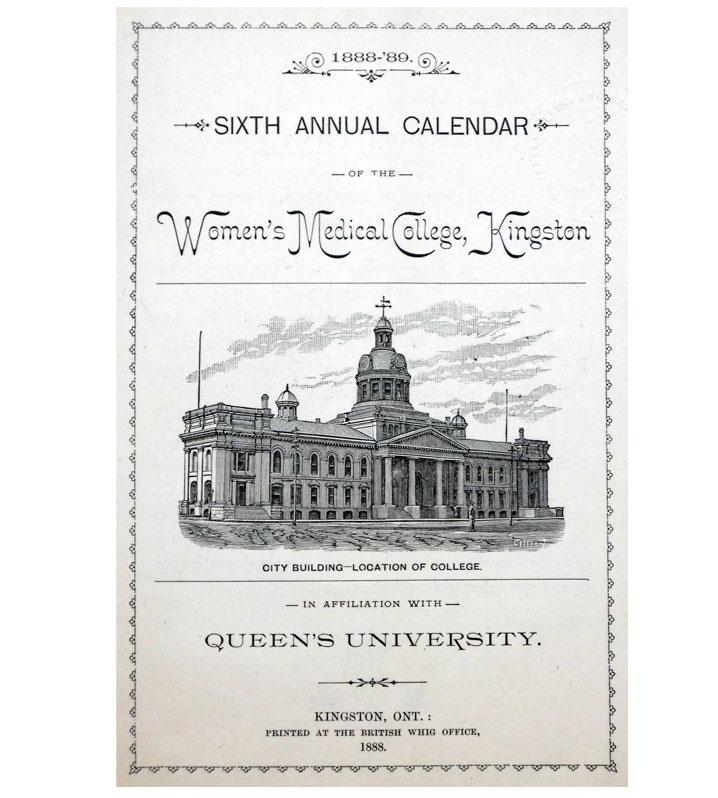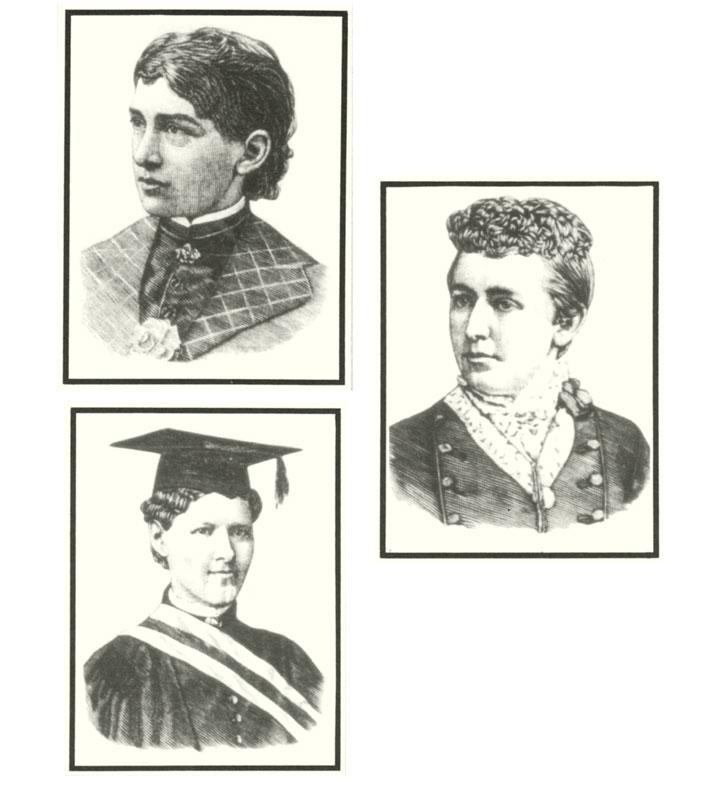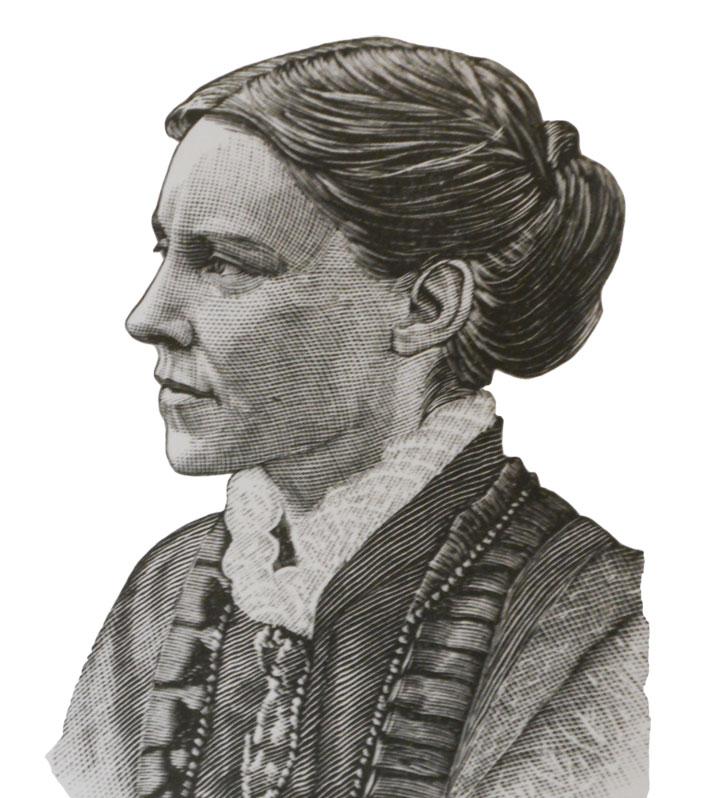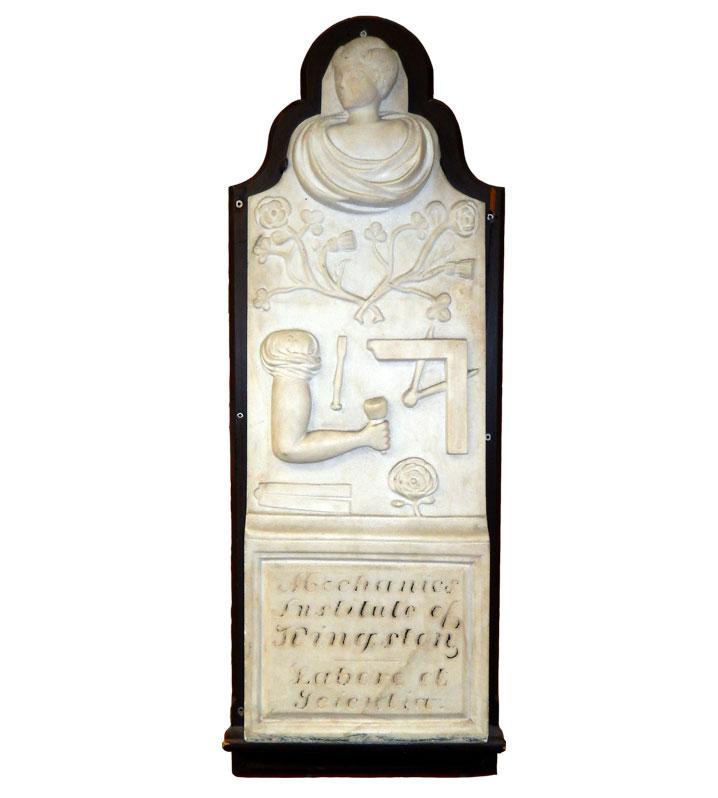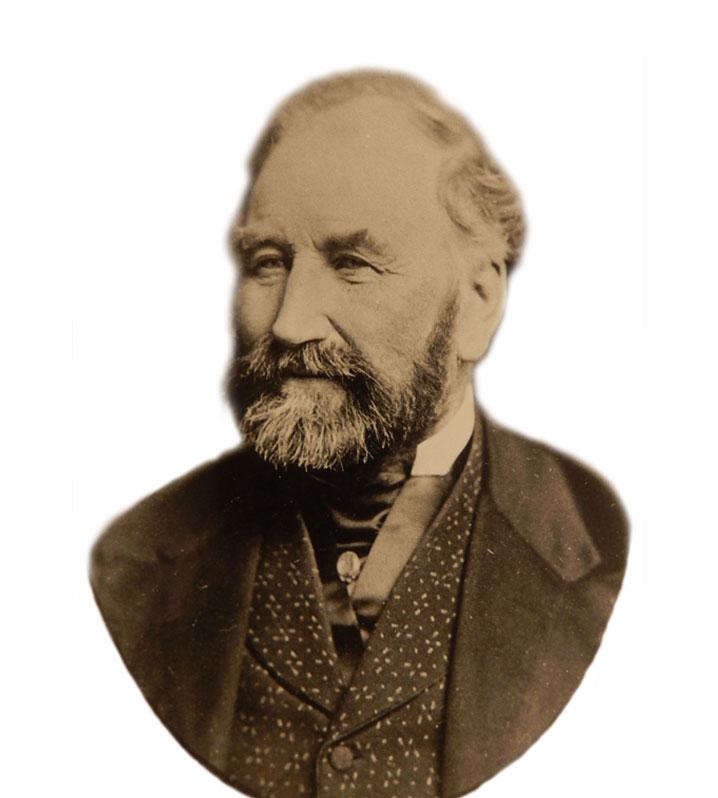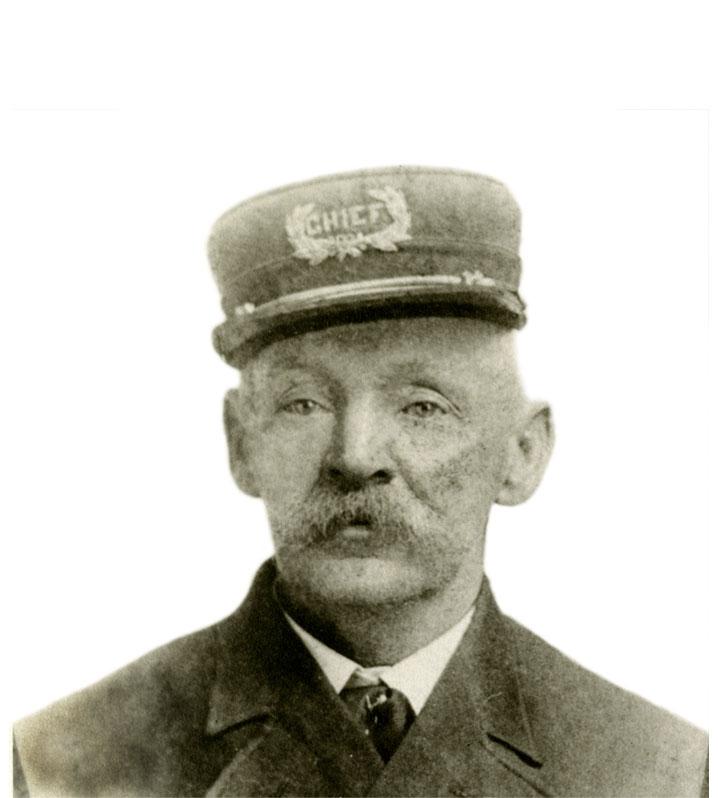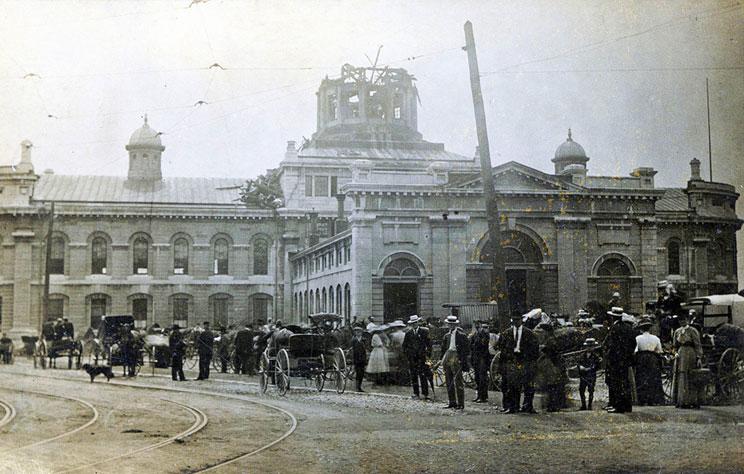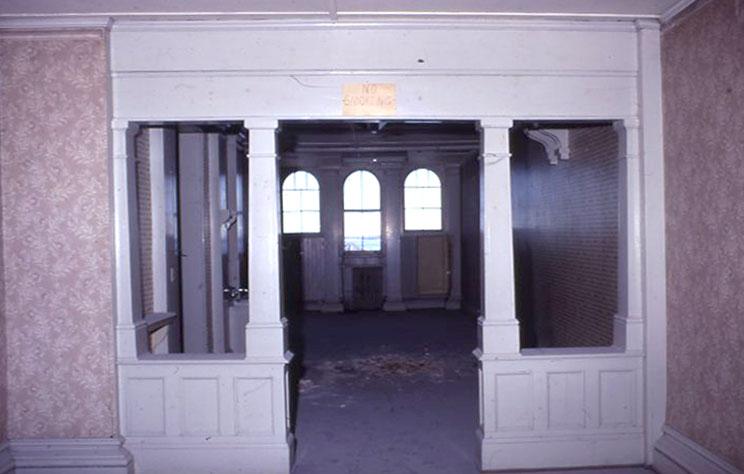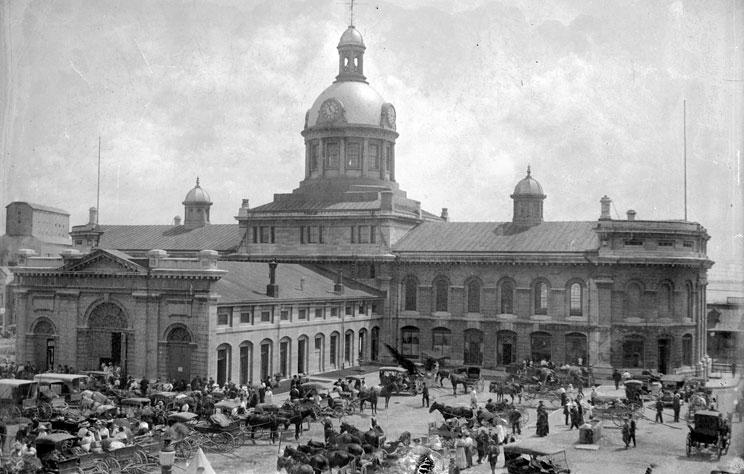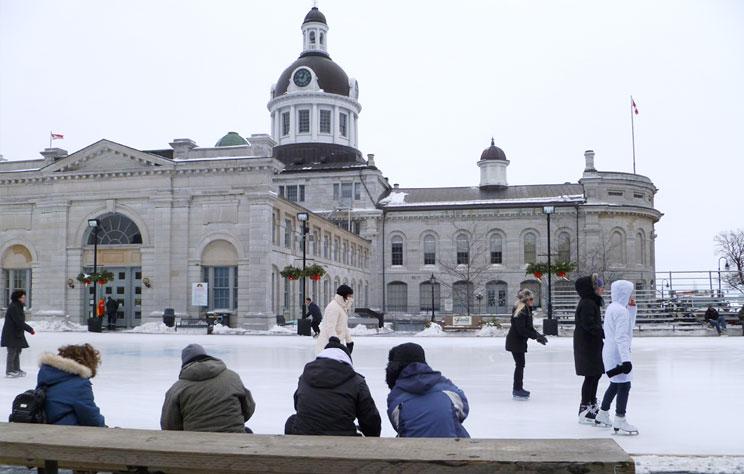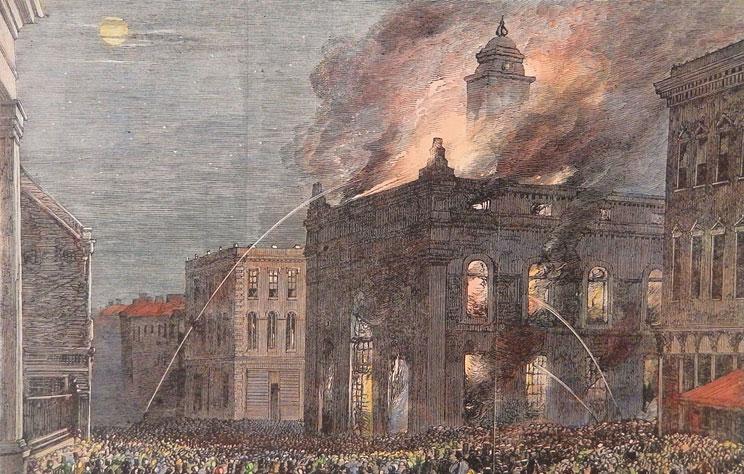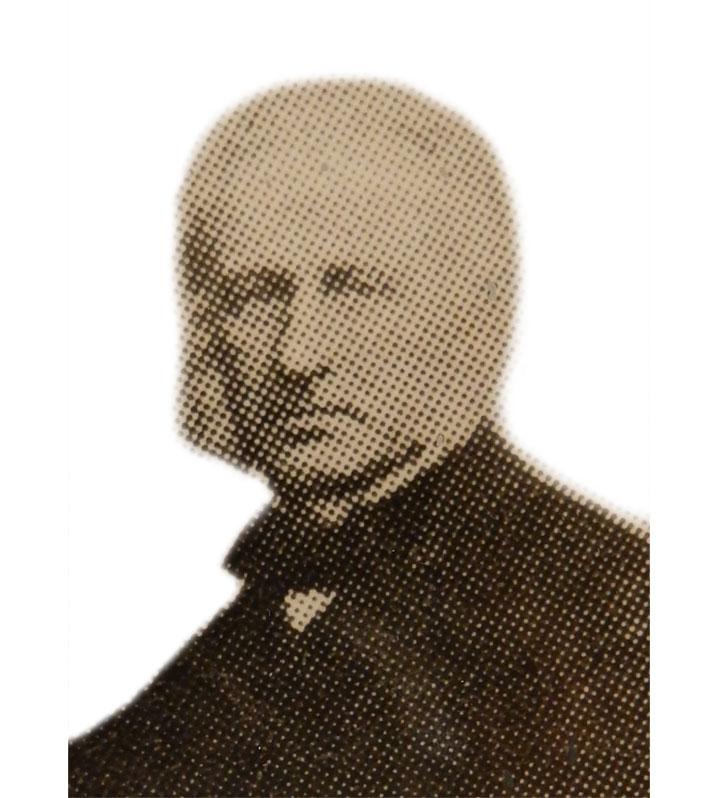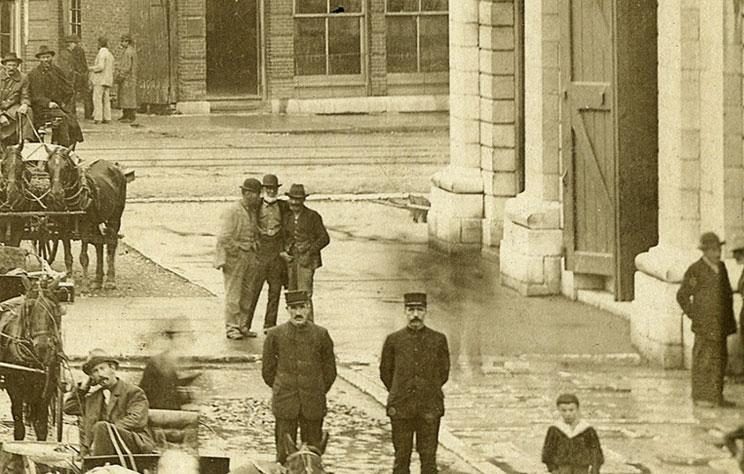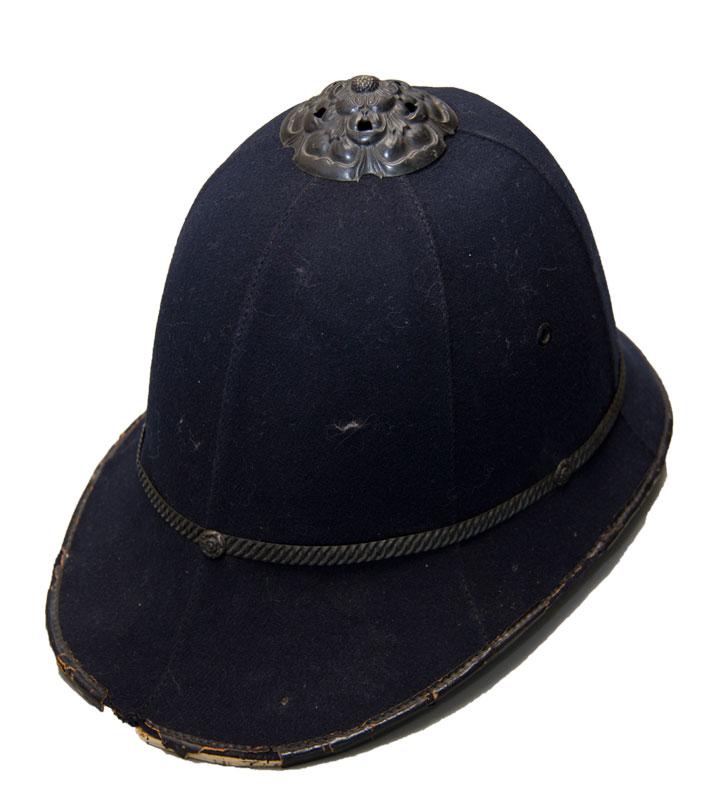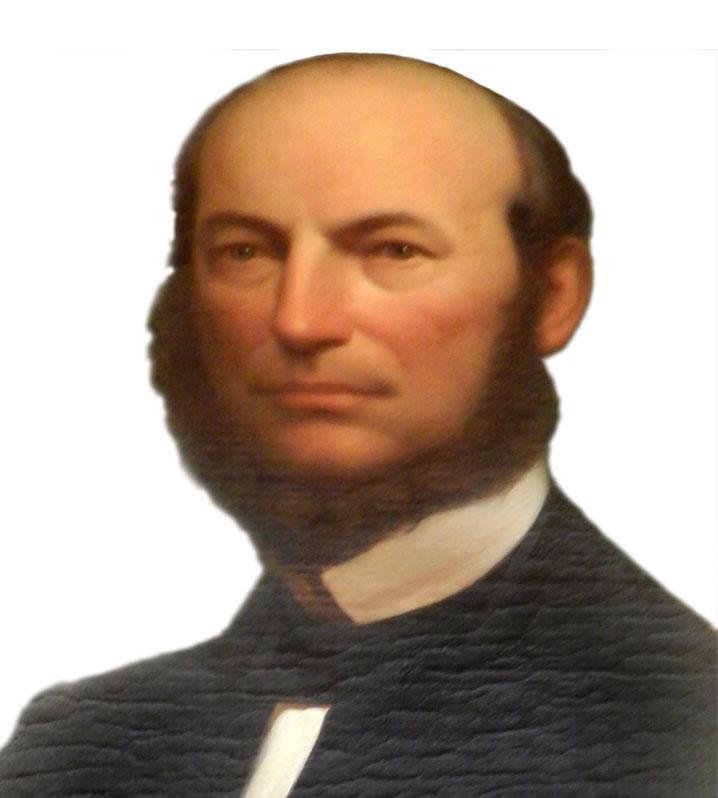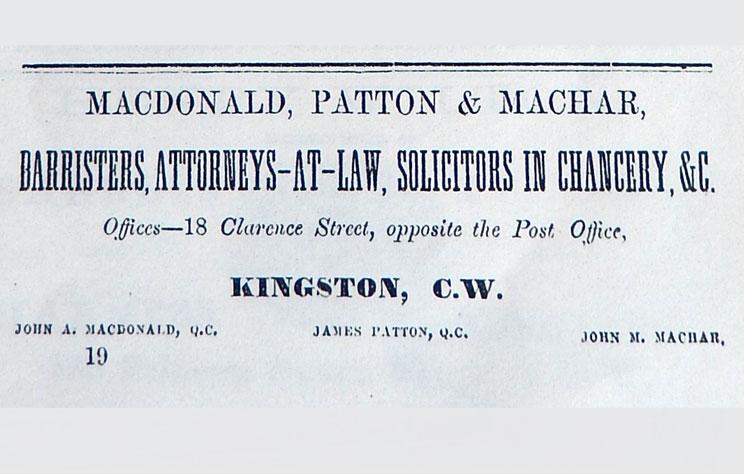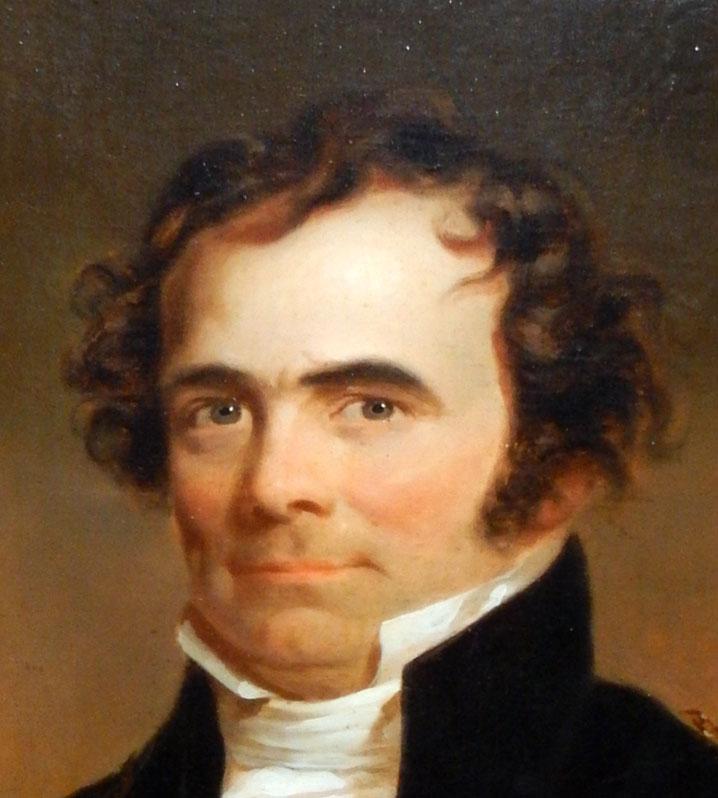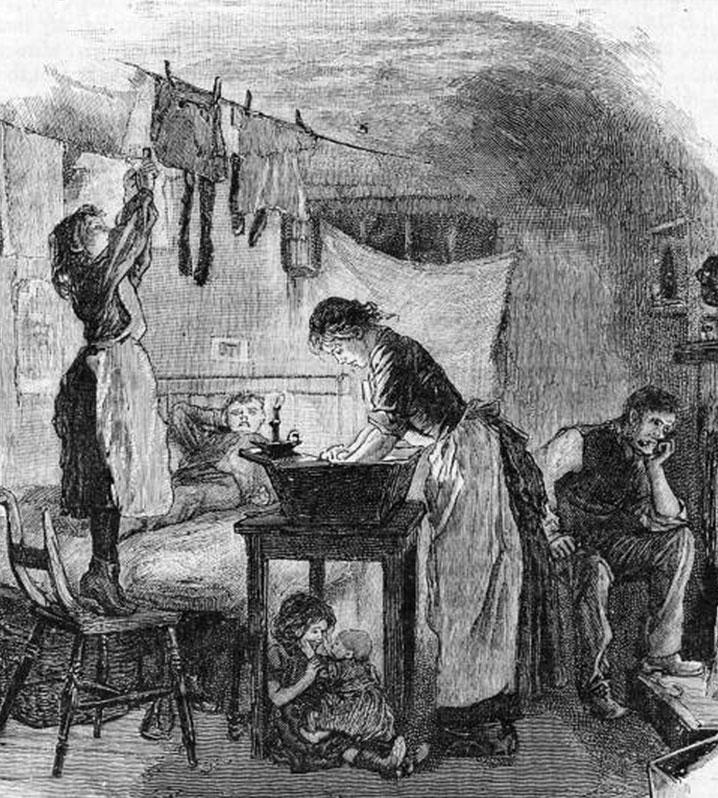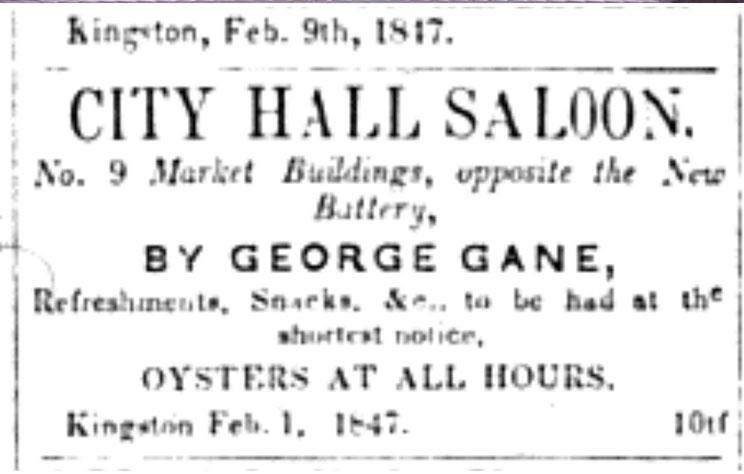City Hall Chronicles - Tour
City Hall Chronicles - Tour
The pictures in the gallery above are meant to be viewed along with the information presented below. As you read the information from top to bottom, move through the image gallery left to right to find the relevant images. Click on the images to make them larger.
1st Floor North
Who's Been Here?
First rented out to a saloon and the Post Office, this space housed the Council Chamber and Mayor's office for more than 100 years
- 1845 – late 1850s: Post Office, northeast corner, entered from Ontario Street; A saloon /restaurant, northwest corner, entered from Brock Street; Offices for staff and the Mayor; Council met in the room above (current Memorial Hall)
- 1857 – 1972: A new Council Chamber replaced the Post Office and saloon. Office of the Mayor and staff offices shared space with a firemen's hall and police court.
- 1973 – Present: Council Chamber and Mayor and Chief Administrative Officer offices moved to second floor (Ontario Hall). The former Chamber is now the Loyalist meeting room. The floor also houses administrative staff and the Payment Centre for municipal taxes, fees and fines.
Did You Know?
Early challenges in the Limestone City…
Fire and disease posed constant threats for early Kingstonians. A disastrous fire in April, 1840 destroyed 43 buildings. Council responded with a ban on wooden structures in the downtown. Eventually, locally-sourced limestone replaced wood as a building material. Meanwhile, periodic outbreaks of diseases such as cholera and typhoid wreaked havoc on the population. Cholera outbreaks in 1832 and 1833 killed close to 10 per cent of the population. In 1847 Irish immigrants fleeing famine in Ireland unwittingly brought typhoid fever to Kingston and more than 1,200 people perished. Council ordered the Board of Health "to prepare a set of rules and regulations" to assist the immigrants. Moreover, fear of disease moved Council to order improvements in water, sewer and sanitation services.
Panel Images
Thomas Kirkpatrick
Mayor's Chain of Office
Kingston's first waterworks
Council Chamber
1st Floor South
Who's Been Here?
Money and Magistrates
- 1844 – 1850: Board of Trade and Custom House rent the south end corners. Large public reading room occupies much of remaining space.
- 1850: Bank of British North America (BBNA) takes over southeast corner, entered from Ontario Street
- 1855: Star Chamber Saloon moves into southwest corner, entered from Market Street; Customs House relocates to King Street. BBNA begins expansion until it occupies most of wing and part of basement
- 1904: Police court moves into northwest corner; police magistrate and chief of police have offices nearby
- 1918: Bank of Montreal buys out BBNA, continues to operate City Hall branch
- 1926: after 74 years, bank vacates City Hall; space taken over by City administration, including Treasury Department
- 1973 – Present: following major renovation, space opened to various City Hall departments including City Clerk's office.
Did You Know?
City Hall's #1 tenant
Beginning in 1850, the Bank of British North America occupied this space for 74 years. Entered from Ontario St. at the south end of the building, there were offices for the manager and clerks along the west wall and two large public banking rooms. Successful careers were born here – Irish-born Robert Harvey began as a teller in the late 1800s and rose to manager by 1918. A man of many talents, he was organist at St. George's Cathedral for 39 years. Following a merger in 1918 this location became a branch of the Bank of Montreal; it later closed in 1926. Several wall niches, possibly used by customers to fill out deposit slips, are a reminder of City Hall's longest tenant.
Panel Images
Bank of Montreal
Kingston Police Force
Michael Flanagan
Bank of British
North America
2nd Floor North Inside
Who's Been Here?
Great Britain declared war on Germany on 4 August 1914:
- Within days 399 Kingstonians volunteer for service
- Cadets from Royal Military College enlist including senior student William (Billy) Bishop. The Allies' leading flying ace, Bishop is later awarded the Victoria Cross
- Queen's University staff and students form the 1st Field Company
- August 1914 - Former Kingston mayor Dr. A.E. Ross helps create the 1st Canadian Field Ambulance in France
- 1916 – Kingston Hall and Grant Hall at Queen's University become a military hospital
- December 1917 – Win-The-War rally at City Hall
- 11 November 1918 – Crowds gather on Market Square to mark the war's end
- December 1921 – This room is renamed Memorial Hall to honour the 258 Kingstonians who died in the First World War. The youngest was fifteen-year-old Harvey Brouse
Did you know?
In January 1920, Kingston's newly-elected Mayor Hugh Nickle proposed "… that the windows in the City Hall be a memorial type, and that brass tablets be erected between the columns and a record kept of those who enlisted in Kingston." Twelve local citizens subscribed $450 for the stained glass windows that depict battles in which Canadians fought during the First World War. As well, brass plaques memorialize Kingstonians who served, and those who died. Lord Byng of Vimy, the Governor General of Canada, officiated at the 1921 dedication of Memorial Hall. In 1946, Governor General, Field Marshall Viscount Alexander dedicated a Book of Remembrance honouring those who fought in the Second World War.
Panel Images
Mayor Hugh Nickle
Book of Remembrance
Admission Ticket
21st Batallion
2nd Floor North Outside
Who's Been Here?
- 1844 -- 300 attend a banquet celebrating Kingston's new City Hall
- 1840s -- Town Council meetings
- 1869 --The first "Pianomakers of Kingston" Annual Ball
- 1876 -- Kingston Collegiate Institute classes for students displaced by fire
- 1879 -- Gala for Governor General the Marquess of Lorne (1878-1883) and Princess Louise
- 1891 -- 10,000 view Sir John A. Macdonald lying in state
- 1921 -- Renamed Memorial Hall honouring Kingstonians who died in the First World War Second World War: National Selective Service (military conscription)
- 1950s -- Trade and fashion shows
- 1 January 1974 – Mayor's levee celebrates the year-long restoration of City Hall
Did You Know?
Memorial Hall:
Kingston's Living Room Whether it was Fairtile's splendid quadrille band performing for a ‘soiree' in 1847 or the lying in state of Canada's first prime minister in 1891, no other room in Kingston has as rich a history. Transformed in 1879 into a ‘drawing room', the chamber welcomed Queen Victoria's daughter Princess Louise and her husband Lord Lorne, the Governor General of Canada. Political rallies, temperance lectures and amateur theatricals have all taken place here. In 1921 the room was renamed Memorial Hall to commemorate Kingstonians who died serving in the First World War. Today, Memorial Hall continues to be a community gathering space: citizenship ceremonies; children's music festivals; weddings, and occasionally, heated political debates. Each year 10,000 visitors are introduced to the room's splendid architecture.
Panel Images
Spring Style Show
Sir John A Macdonald
Reception
Masquerade
2nd Floor South - Ontario Hall
Who's Been Here?
Ontario Hall has been repurposed many times during the years:
- 1847-1851: Free Methodist Church; room became known as Wesley Hall
- 1850s, 1860s: A&D Shaw Ltd dry goods business
- 1869: Wesley Hall renamed Ontario Hall
- 1883-1889: Women's Medical College – Kingston
- 1914-1918: Used for First World War rallies, and by the Red Cross
- 1921: New venue for social events when dancing banned in the rededicated Memorial Hall
- 1946: Drop-ceiling installed in room's conversion to office space
- 1973-1974: Room's original 1840s decor restored and space converted for new Council Chamber and offices of the Mayor and Chief Administrative Officer
Did You Know?
Leading Change: Women's Education at City Hall
In 1883, after male-dominated Queen's University medical school expelled its female students, the Women's Medical College-Kingston was founded at Kingston City Hall. Lectures were delivered in present-day Ontario Hall, and one floor above a room was set aside for dissections. Graduates later practiced medicine both in Canada and abroad as missionaries. Having outgrown its City Hall space, in 1890 the College moved to Union Street. Faced with stiff competition from women's medical programs in Toronto and Montreal, the college closed in 1893/4.
Panel Images
Women's Medical College
Female medical students
Dr Jenny Trout
3rd Floor
Who's Been Here?
Located at the intersection of the attics of the three wings of City Hall, this area served several uses over the years:
- 1843 – Plans call for a Mechanics' Institute. The institute began in Kingston in 1834 to provide classes to working men
- 1844 - Council raises the rent and the Institute looks for other quarters. It eventually blends into the Public Library
- 1880s - Part of this area is used for Women's Medical College dissection classes
- 1908 – Fire destroys the dome. The clock tower bell crashes through the skylight, but a cash-strapped City cannot repair it and covers it over with wood
- 1970s - An elevator is installed during major renovations and the skylight is restored. The room is converted for use by City Councillors
Panel Images
Mechanics Institute plaque
4th Floor
Who's Been Here?
"A dome will go over the centre portion, which is flanked to each side by a wing."
Kingston Town Council meeting, 6 July 1842
- 1844: Dome contains a three-level library for the Kingston Mechanics Institute (night school for working men). Surrounding rooms serve as classrooms and provide space for the Orange Lodge and Temperance League
- 1850s: Apartment created for live-in building caretaker
- 1865: Fire destroys market wing and its clock tower. Dome is redesigned to house clock and bell
- 1880s: Library used by Women's Medical College during its stay in City Hall
- 1908: Worker repairing clock sets dome on fire. Bell crashes through skylight below and City Hall is heavily water-damaged. Clock and bell replaced the following year
- 1963: Last live-in caretaker leaves. Apartment becomes municipal offices
- 1973: Following major renovation, apartment space converted for City Legal Department.
Did You Know?
Living below the dome…
For more than 100 years City Hall's live-in caretakers had an apartment in this area. John Ballantyne (1903-1928) was one of the longest serving in the post. He helped save items from the flames during the 1908 dome fire. Other caretakers included Arthur and Caroline Singleton, who lived here for 12 years (1929-1941). The last tenants, Arthur and Bessie Davis (1943 to 1963), lived with their son Vincent, an electrician with the Fire Department. Floor plans from early 1900s show three bedrooms, a kitchen, and dining and living rooms. Renovations in 1973 converted the apartment into offices. The fireplace near the modern-day elevator is a reminder of this space's former use as a living room.
Panel Images
George Browne
Fire Chief John Elmer
1908 Dome Fire
Caretaker Residence
4th Floor Market
Who's Been Here?
Market Square
"The market … in the rear of the main building will be built of coursed stone … have butcher stalls … and a vegetable market. The market's basement will have cellars under the butchers' stalls and shops for hucksters"
(Kingston Town Council meeting, 6 July 1842)
- 1801: The first market is established in Kingston
- 1840: Fire destroys many wooden buildings at the market square. Council encourages rebuilding in limestone
- 1840s: Bylaws enacted to regulate the selling and inspection of meat at market
- 1844: New town hall includes indoor market wing with a clock tower and bell
- 1865: Fire destroys indoor market. Shorter wing rebuilt; clock moved to dome of main building
- 1906: Police move into market wing and stay until 1972
- 1973: City services take over market wing. Open air market continues
- 2008: Renamed Springer Market Square; fountain and outdoor ice rink added
Did You Know?
A Place of Gathering and Groceries
The square below has been a gathering place for Kingstonians since 1801: Confederation was proclaimed on 1st July 1867; troops departed to various wars; people gathered for rallies and civic celebrations. But throughout its long history the square has been a market. At first it was an open-air market where fishmongers, butchers, green grocers and peddlers sold their wares. In 1844 an indoor market was included in the new town hall. After fire destroyed the indoor market 20 years later, most vendors moved back outdoors. Now called Springer Market Square, the City redeveloped this space in 2008 and added a fountain and an outdoor winter skating rink.
Panel Images
1910 View of the Market
Skating in the Square
1865 Market Wing Fire
John Stewart
Basement North - City Hall Lockup
Who's Been Here?
"In the main building's cellar will be a station house for police, office and four cells…"
Kingston Town Council meeting, July 6, 1842
- 1844 – The police department (Chief Shaw and four constables) locates here with four holding cells and day rooms for prisoners. Nearby is space for the Police Court
- Space not required by the police and court is rented out to lawyers and small businesses
- 1850s - The force grows to 10 officers. From the 1860s until the 1900s, the force remains at 15 officers
- 1891 – Government inquiry calls the police lockup "a disgrace to the civilization of the Province". Police chief says they need more space to separate various types of offenders
- 1906 – Police department and court relocate to larger quarters on main floor of building
- Used for storage for decades, the lockup today remains much as it was in 1844
Did You Know?
Locked Up in the Limestone City
When the police department moved here in late 1844, Kingston was in turmoil. The parliament of the Province of Canada had just moved to Montreal and the loss of more than 1,000 well paying jobs left the community in severe recession. On the streets of Kingston, the five-man police force faced rampant drinking, fighting, petty crime and homelessness involving men, women and children.
Panel Images
Police Officers
Kingston Police Helmet
John Creighton
Basement South - Living
Who's Been Here?
"In the main building's cellar will be a station house for police, office and four cells, the rest of the cellar will house business shops."
Kingston Town Council meeting, July 6, 1842
Those "business shops" included:
- Mid-1840's to late 1850's – Lawyers' offices (including one for John A. Macdonald)
- Mid-1840's to late 1850's – Brokers and agents
- 1855 – Robert Handy's "Snack Shop"
- Mid-1840's to 1865 – Office for the clerk of the market (also known as the "shambles")
- After 1850 until mid-1920s – Storage for Bank of British North America located upstairs on first floor City Hall. The Bank of Montreal acquired the BBNA in 1918.
Although not in the original plans, in the 1840s and 1850s space was set aside for several families in need of accommodation.
Did You Know?
City Hall: Kingston's first social housing
Difficult times call for unusual measures. When the economy of Kingston took a double hit in the 1840s -- the provincial capital moved to Montreal in 1844; a typhoid epidemic accompanied Irish immigrants in 1847 – several destitute families were allowed to live in the basement of City Hall. Residents cooked and heated their rooms with wood stoves and with the increased risk of fire the City's insurance agent threatened to increase premiums in 1848. The families were asked to leave, but with nowhere to go, some stayed. As late as 1855 the City was still trying to remove non-business tenants. A compromise allowed some to continue to live here, but with strict control over stoves and pipes.
Panel Images
Lawyers Ad
John Counter
Poor Family
Saloon Ticket

